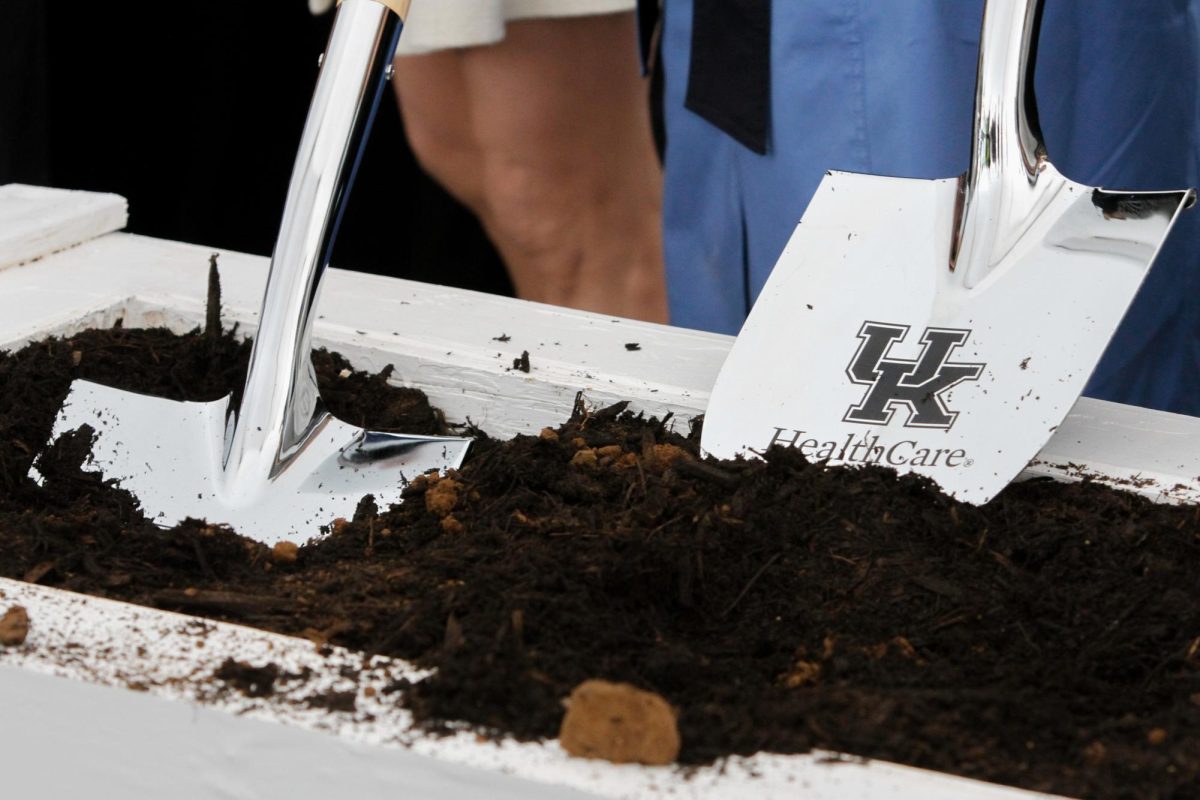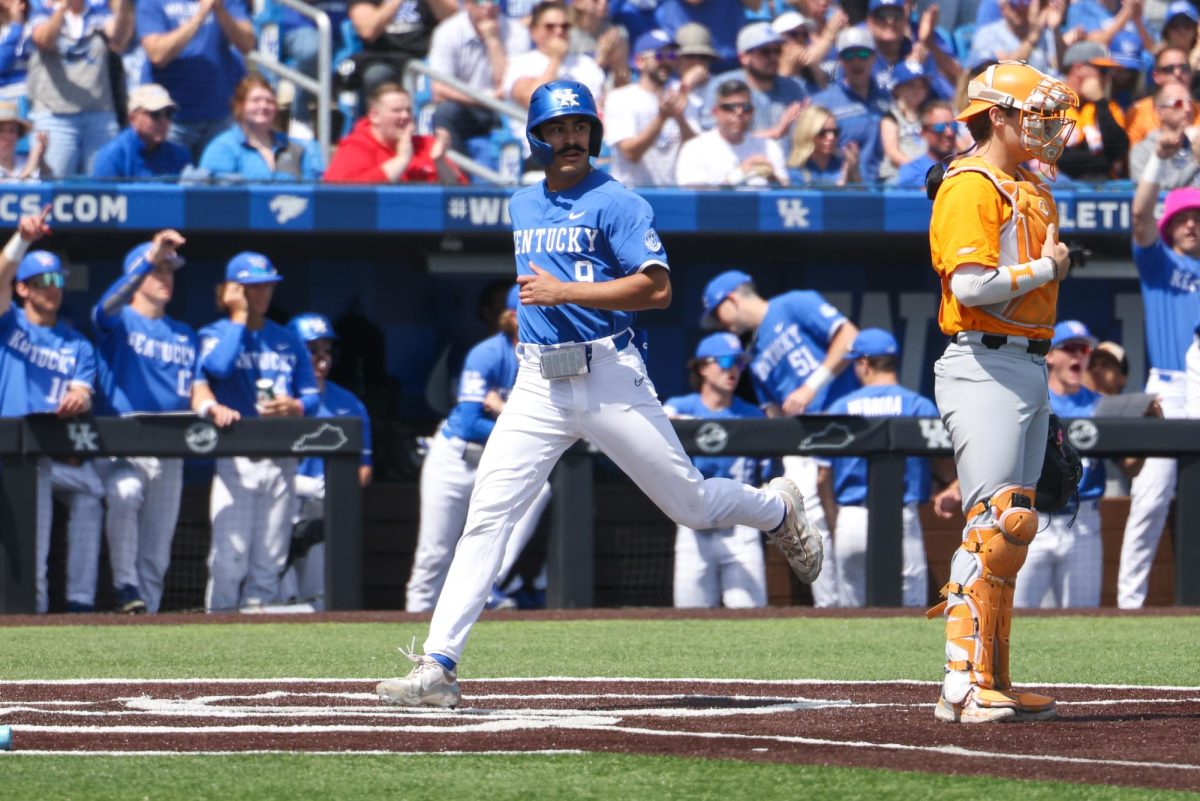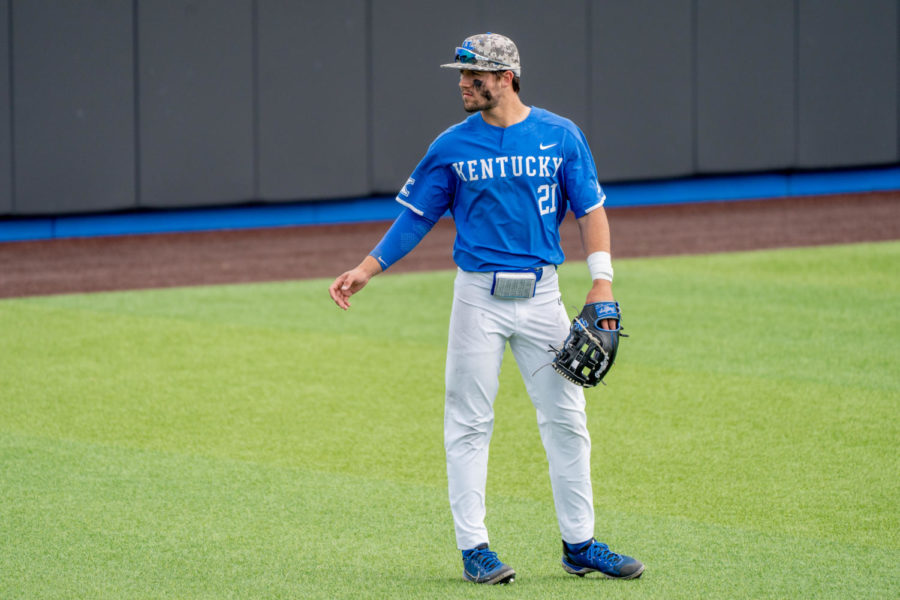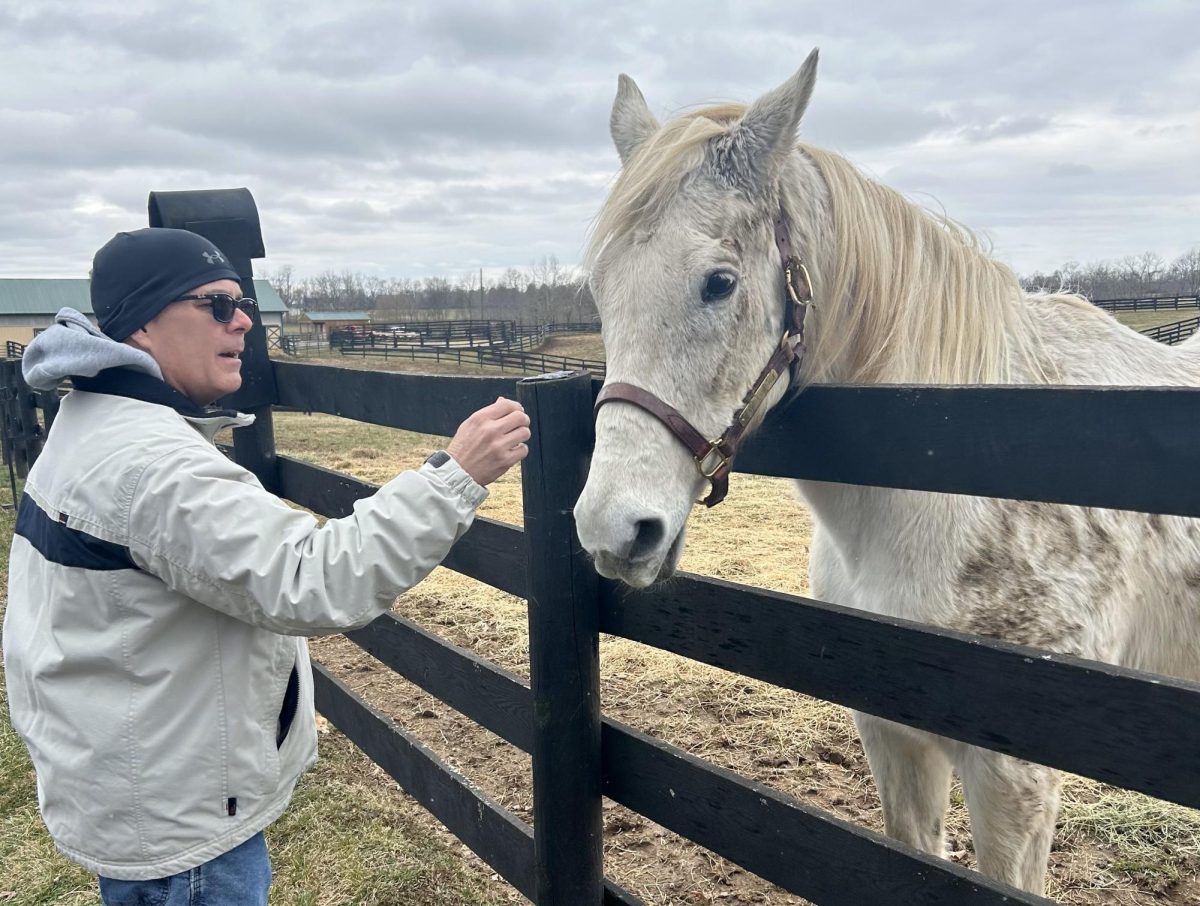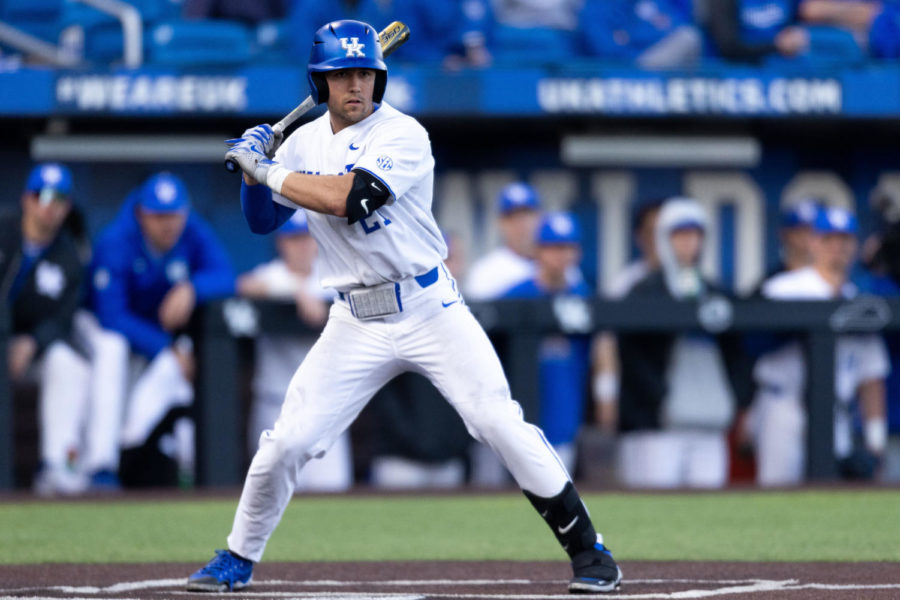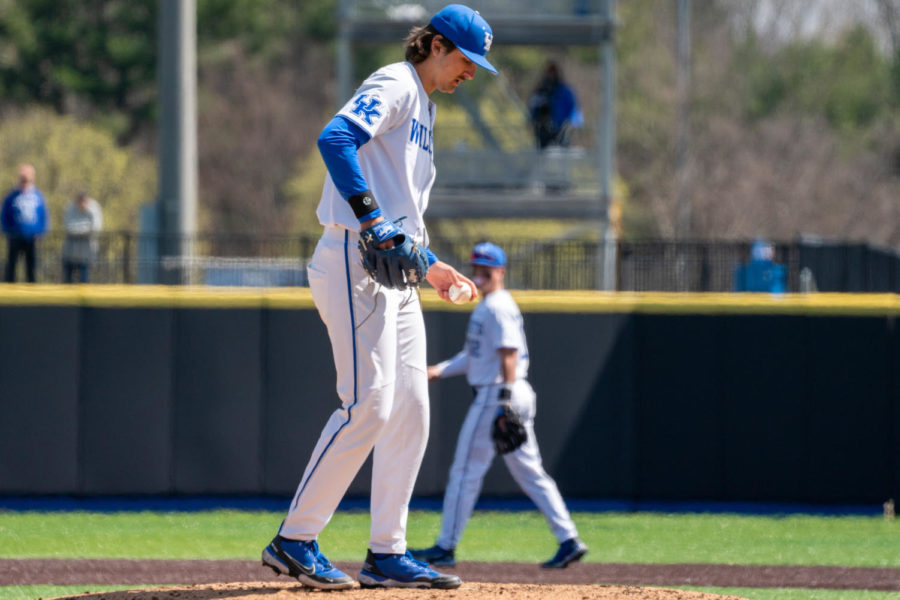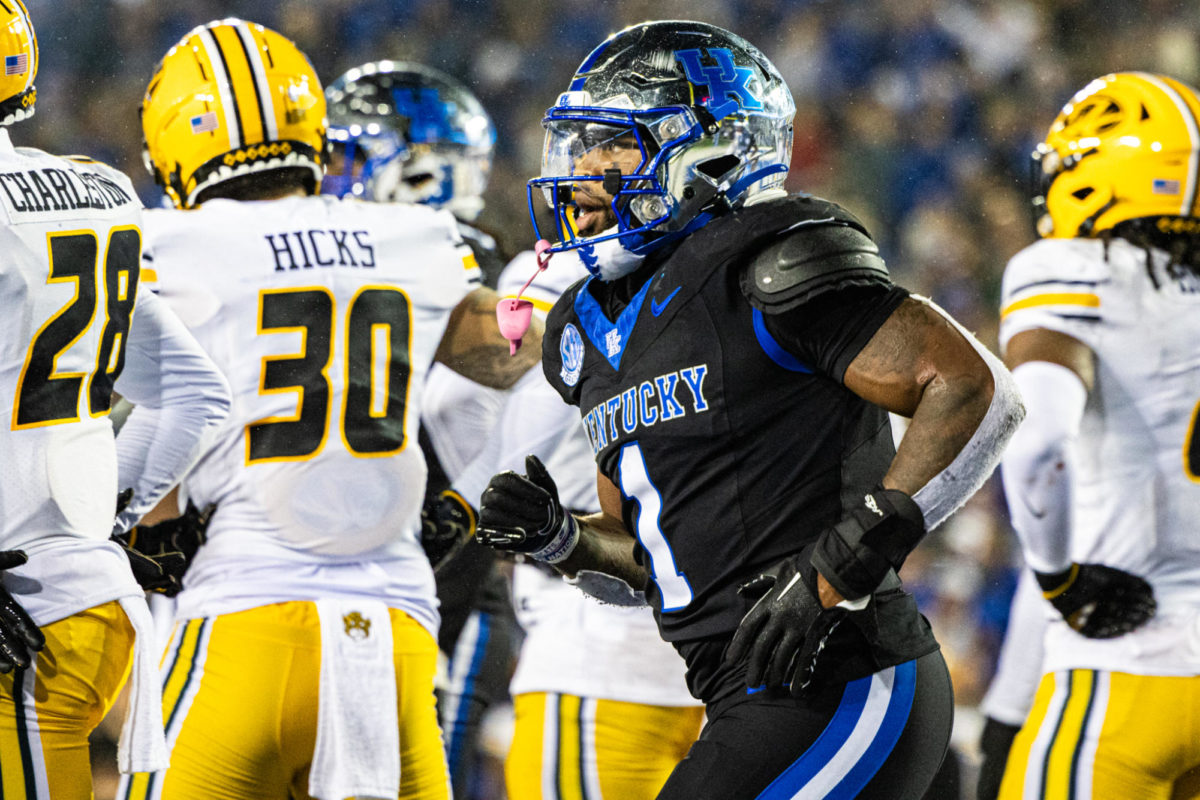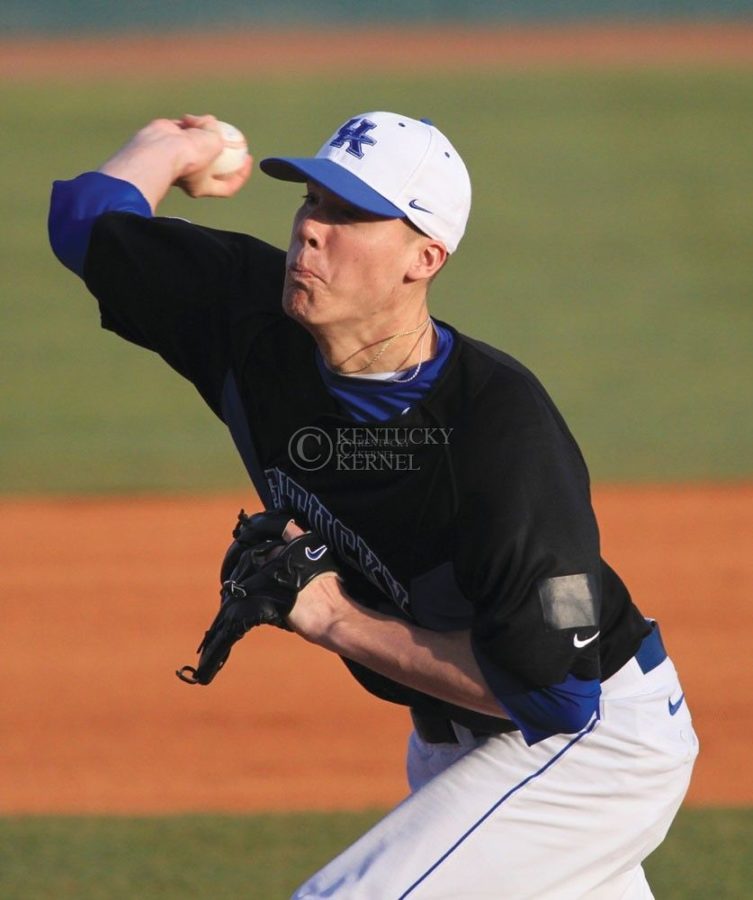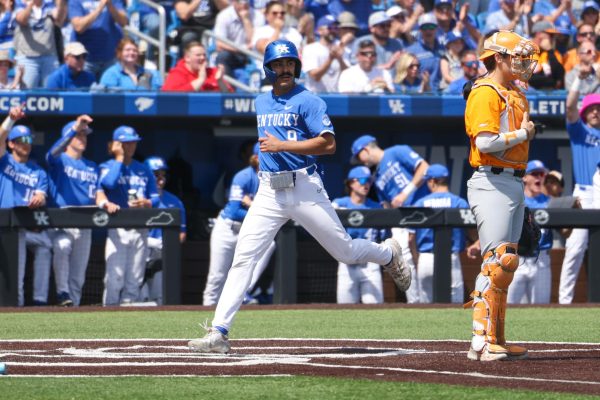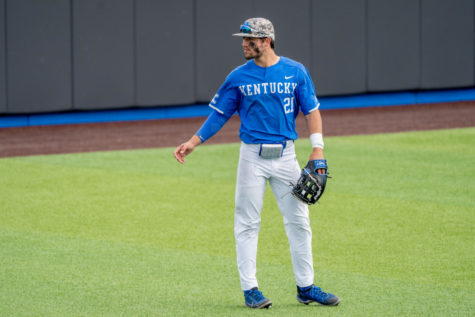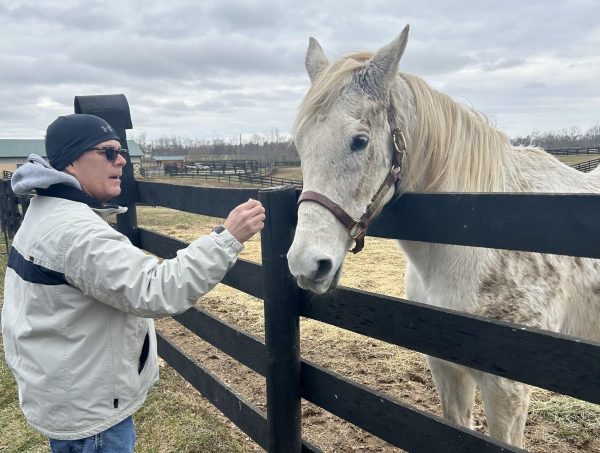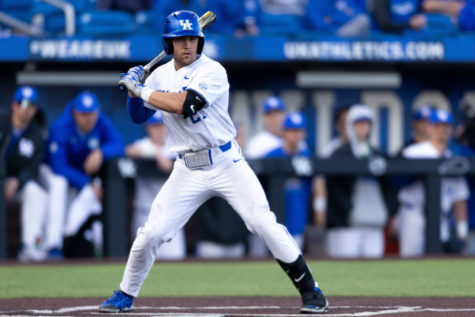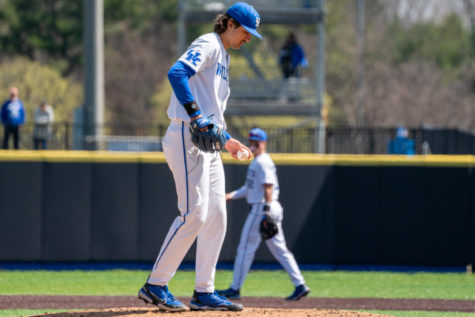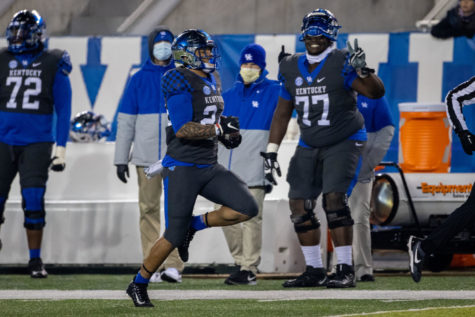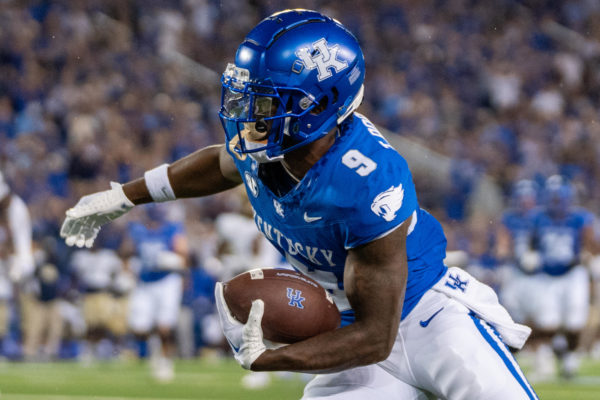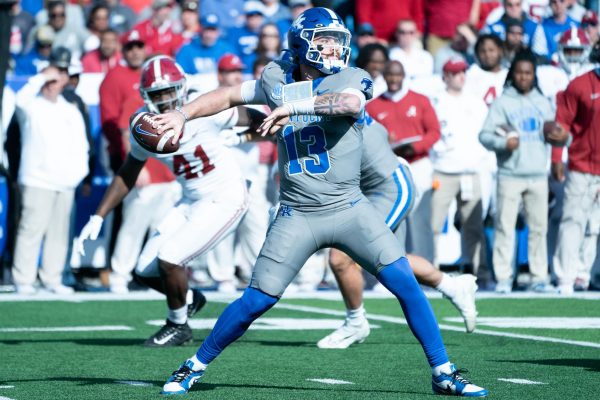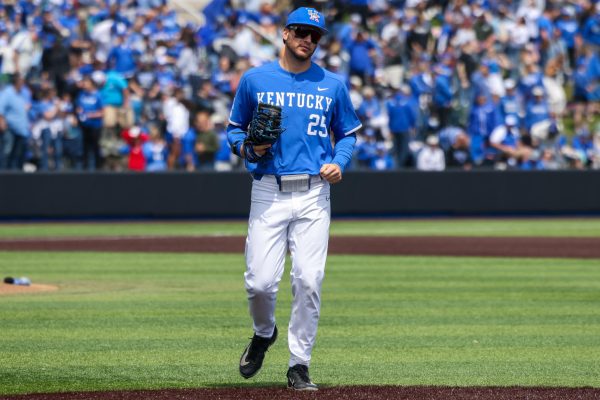Potential Realized: Alex Meyer 23rd pick in MLB draft
June 7, 2011
It is always a risk when a player turns down a professional contract from an MLB team coming out of high school. If he decides to go to college, he has to stay through at least his junior year. All sorts of things can happen between entering college and being draft eligible: poor performance, stuck at the bottom of the depth chart, injuries.
When Alex Meyer turned down a multimillion dollar deal from the Boston Red Sox out of high school after being drafted in the 20th round, it was a risk. Sure, he certainly had the potential to end up making his decision worth it — look at any picture of Meyer throwing and you think of a slightly lesser version of Randy Johnson — but there are also many things that could lead to regret by going to college.
Meyer ran into some of these. His freshman year, he showed flashes of that potential, beating Louisiana State on the road. But it was rare and fleeting. Coming into his sophomore year, he was expecting to assert himself as a frontline Southeastern Conference starter. He was named the Friday starter, typically reserved for the staff ace. “I want people to know I can go throw seven quality innings, not leave them wondering every weekend,” Meyer said at the time. He had worked through the summer to bulk up to groove his motion and gain consistency in his release point.
But his growing made it hard. He’s listed at 6-foot-9, but he was still growing into his body.
“I’ve grown an inch every single year,” Meyer said this season. “It’s been somewhat tough for me trying to stay coordinated.”
That sophomore year, he showed those same flashes of potential, and they came more frequently than his first year, but he was still inconsistent. There were times when his stuff was straight from a video game, when his fastball would seemingly only make contact with air and the catcher’s mitt. There were other times when he seemed all too average, like the time he came on in relief and gave up six runs without making it out of that same inning. He was dropped to starting Sundays midway through the year, and a bout of mono hampered the end of his season. But he did show improvement.
That brought him to his third year, perhaps the decisive year. Had he “turned the corner” that coach Gary Henderson wanted him to turn a year earlier? Henderson had warned against the hype perhaps being too much — not too much for Meyer specifically to handle, but the collective hype in general that gets heaped on talented freshmen — his first two years. But now Meyer had to live up to the hype. He had the talent, and he had the experience, and now he had to find a way to meld that for the season.
He did. In March, batters reached base exactly one-third of the time against him. He posted a 5:2 K:BB ratio. In April, he stayed about the same. And then in May, Meyer went into legitimate SEC ace mode. He had a 1.61 ERA that month. Batters hit .210 and had a .297 on-base percentage that month. He finished the year as one of the best pitchers in a loaded conference, earning second-team All-SEC while leading the league in strikeouts. The plan to transform him from raw potential to realized dominance had been accomplished. “It took a little longer than we would have hoped, but we got it done,” Meyer said in a teleconference.
With that, Meyer was selected 23rd overall by the Washington Nationals, making him the second-highest selection in UK history.
He still has work to do; his release point needs to improve in his ability to replicate it, and his command still isn’t top-notch. But the power arm is still there, and anytime a tall, lanky pitcher is whipping fastballs around like he does, it’s an enticing prospect — and potential finally realized after three years of seeing it slowly emerge.


